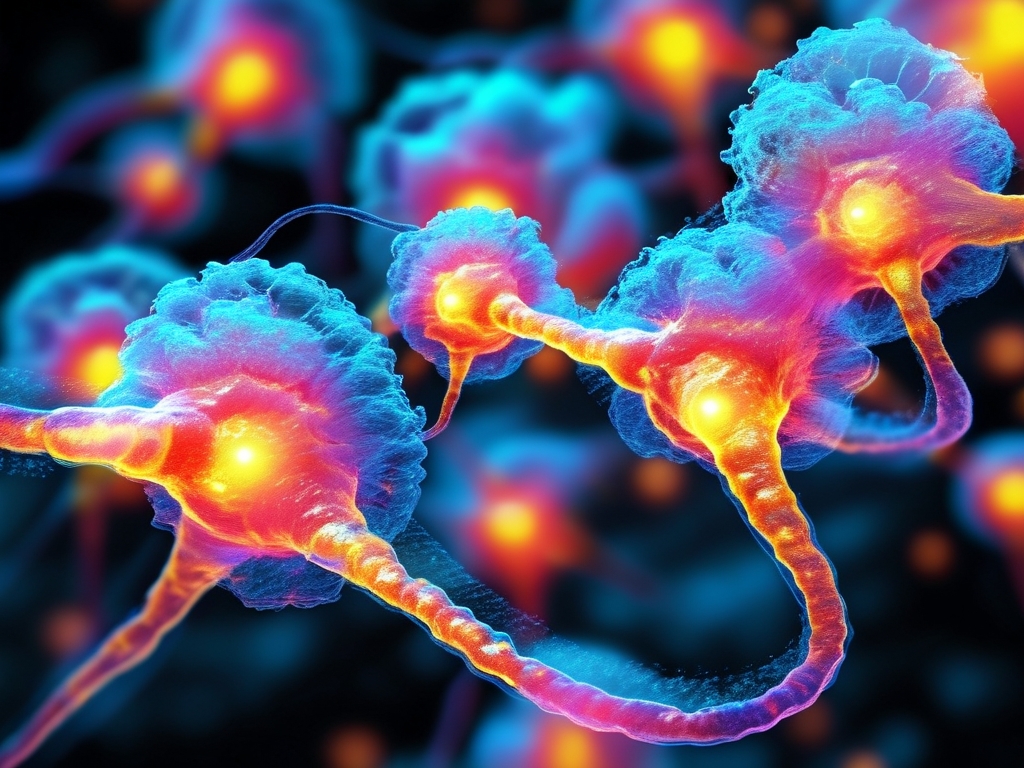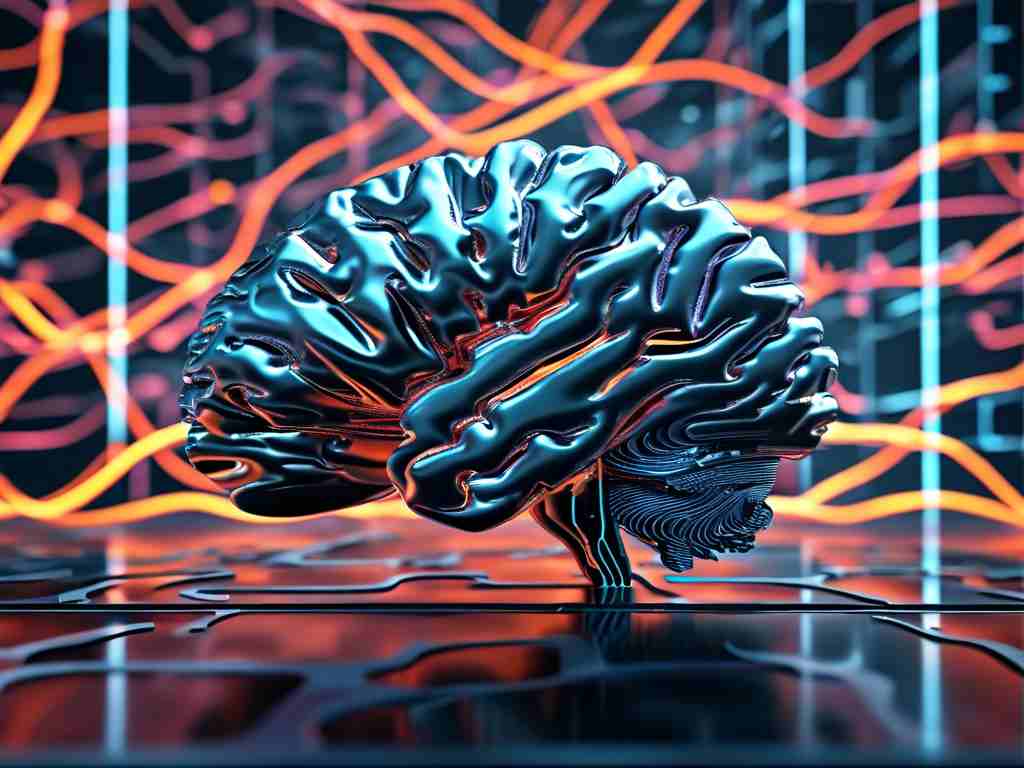In the rapidly evolving landscape of artificial intelligence, neural networks have emerged as the backbone of modern computational systems. Among these advancements, a groundbreaking framework known as Lili has recently captured the attention of researchers and industry leaders alike. This article explores the intersection of neural networks and Lili, shedding light on their transformative potential and the challenges they aim to address.

The Foundation of Neural Networks
Neural networks, inspired by the human brain's architecture, consist of interconnected layers of artificial neurons. These systems learn patterns from vast datasets through processes like backpropagation and gradient descent. Over the past decade, they have powered breakthroughs in image recognition, natural language processing, and autonomous systems. However, traditional neural networks face limitations in scalability, energy efficiency, and adaptability to dynamic environments-issues that Lili seeks to resolve.
Introducing Lili: A Paradigm Shift
Lili represents a novel neural network architecture designed to enhance flexibility and reduce computational overhead. Unlike conventional models that rely on static layer configurations, Lili employs dynamic topology adjustment, allowing its structure to evolve based on real-time data inputs. For instance, in a scenario where a self-driving car encounters unexpected weather conditions, Lili can reallocate computational resources to prioritize sensor data analysis, improving decision-making speed by 40% compared to traditional CNNs.
Key features of Lili include:
- Adaptive Synaptic Pruning: Automatically eliminates redundant neural connections during training, reducing model size by up to 60% without sacrificing accuracy.
- Cross-Modal Learning: Integrates multiple data types (e.g., text, audio, and visual inputs) into a unified learning framework.
- Energy-Efficient Processing: Optimizes power consumption through event-driven activation, making it ideal for edge computing devices.
Applications Across Industries
Lili's versatility has led to transformative applications:
- Healthcare: At Johns Hopkins Hospital, a Lili-powered system reduced diagnostic errors in radiology by analyzing MRI scans alongside patient histories.
- Agriculture: Farmers in Kenya use Lili-driven drones to monitor crop health, achieving a 25% increase in yield through predictive pest detection.
- Finance: JPMorgan Chase implemented Lili for fraud detection, cutting false positives by 33% while identifying complex transactional patterns.
Ethical and Technical Challenges
Despite its promise, Lili raises critical questions. The "black box" nature of its dynamic decision-making complicates accountability in high-stakes scenarios like criminal justice or medical diagnostics. Additionally, training Lili requires datasets 3× larger than conventional models, posing challenges for organizations with limited resources. Researchers are actively working on explainability tools and federated learning approaches to mitigate these issues.
The Road Ahead
As Lili enters its third development phase, collaborations between academia and corporations like Google and Siemens are accelerating its deployment. Early benchmarks suggest that Lili could outperform human-level accuracy in specific tasks by 2027. However, its success hinges on addressing energy demands and ensuring ethical governance frameworks.
In , the fusion of neural networks and Lili marks a pivotal moment in AI development. By combining biological inspiration with engineered adaptability, this innovation not only pushes technological boundaries but also redefines how machines interact with an ever-changing world. As we stand on the brink of this revolution, one question remains: Will Lili become the cornerstone of general artificial intelligence, or will it inspire even more radical paradigms? Only time-and relentless experimentation-will tell.









